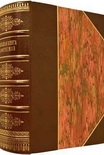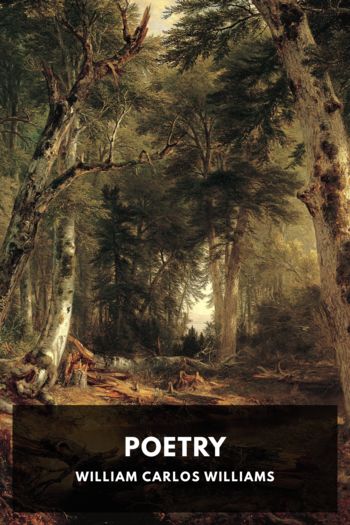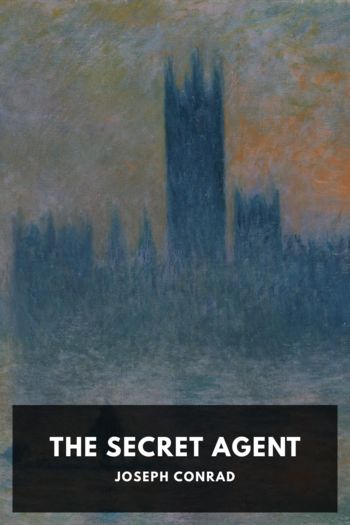Hidden History: Lost Civilizations, Secret Knowledge, and Ancient Mysteries, Brian Haughton [books you need to read .TXT] 📗

- Author: Brian Haughton
Book online «Hidden History: Lost Civilizations, Secret Knowledge, and Ancient Mysteries, Brian Haughton [books you need to read .TXT] 📗». Author Brian Haughton
group of Old Testament texts ever found, the only other Hebrew document of similar antiquity is the second century B.c. Nash Papyrus from Egypt, which contains a Hebrew text of the Ten Commandments. The Dead Sea Scrolls can be separated into two categories-the biblical, which consist of copies of the actual books of the Hebrew Scriptures and commentaries on these texts, and the non-biblical, which consist of the prayer books and rules of life of the community that wrote the scripts. In the Biblical texts, every book of the Old Testament is represented, apart from the Book of Esther and the Book of Nehemiah. There are prophecies by Ezekiel, Jeremiah, and Daniel as well as traditional stories involving Biblical figures such as Noah, Abraham, and Enoch, none of which are recorded in the canonical Hebrew Bible. Some of the most important texts discovered in the caves at Qumran include the Great Isaiah Scroll, which contains the entire 66chapter book of Isaiah; a commentary on the Book of Habakkuk-one of the books of the Old Testament Minor Prophets; a book of community rules known as the Manual of Discipline, consisting mainly of a summary of the responsibilities of the Master of a sectarian Jewish community and his disciples; and the controversial Temple Scroll. The Temple Scroll is the longest and probably the best-preserved of all the Dead Sea Scrolls, and focuses on the ideal design and operation of a new and perfect temple, including its laws and sacrificial procedures.
The question of who wrote the Dead Sea Scrolls and subsequently hid them away in the caves around Qumran is a controversial issue. Researchers have christened the probable authors of the text, a small Jewish group who lived at the nearby settlement of Qumran, the Dead Sea Sect. The Dead Sea Sect are often identified as the Essenes, credited with introducing monasticism, and one of the three leading Jewish sects discussed by Jewish historian Josephus (c. A.D. 37-c. A.D. 100), the others being the Pharisees and the Sadducees. The Essenes do appear in other contemporary sources, such as Josephus Flavius, Philo of Alexandria, and Pliny the Elder, though they are not mentioned at all in the New Testament. Apparently the Essenes left Jerusalem in protest at the way the Temple, the central institution of Judaism, was being run, and set themselves up in the Judean Desert, away from what they saw as the worldliness of Jerusalem. They became an ascetic monastic community, though there seems to have been women among them, and were strict observers of the Torah, or the Written Law (usually the the first five books of the Hebrew Bible).
Close to the caves where the scrolls were found lie the ruins of Qumran, an abandoned fortress thought to have been reestablished as a settlement between 150 and 130 B.C. Investigations at the site have revealed that a group of Jewish ascetics inhabited the settlement, which included an assembly hall, ritual immersion pools, aquaducts, cisterns, and storehouses. The inhabitants do not appear to have lived within the main settlement, but in tents and caves on its outskirts. One long narrow room at Qumran, known as the Scriptorium, contained two
inkwells and a series of writing benches thought to be for the use of scribes. Archaeologists believe that it was in this chamber that many of the Biblical scripts found in the caves were copied. Although no traces of manuscripts were discovered in this room, it is linked to the scroll caves by the presence of a distinctive pottery type, which was found at both sites.
Many of the Dead Seas Scrolls give an important insight into the lives and beliefs of the community that wrote them. For example, there are calendrical documents that include a sophisticated solar calendar of 364 days, as opposed to the more popular 354-day lunar calendar used at the temple in Jerusalem. Another illustrative manuscript is entitled "The War of the Sons of Light against the Sons of Darkness." The Sons of Light are probably the Dead Sea Sect, and the Sons of Darkness seems to refer to the remainder of humanity. This scroll describes an imminent cataclysmic battle, not just between these two forces, but between the cosmic forces of good and evil, and represents the way in which this community viewed Armageddon. For the Dead Sea Sect, this battle was to come perhaps sooner than they thought. During the First Jewish Revolt (A.D. 66-73) the Roman army besieged and destroyed Jerusalem and various Jewish strongholds, including Masada on the eastern edge of the Judean desert, overlooking the Dead Sea.
During the battle at Masada in A.D. 73 the Jewish defenders of the site committed mass suicide rather than fall into the hands of the Romans. Interestingly enough, among the frag ments of 14 biblical, apocryphal, and sectarian scrolls found at Masada was a sectarian manuscript identical with one discovered in Qumran, and using the same 364-day solar calendar as the Dead Sea Sect. There is little evidence for what happened at Qumran when the Roman legions arrived in A.D. 70. The sect seem to have taken their scrolls to the nearby caves for safekeeping prior to the Roman attack, though whether the inhabitants themselves perished in battle or escaped to safety is a mystery.
There are some scholars who believe that the group at Qumran were not responsible for the Dead Sea Scrolls at all. One theory is that the manuscripts were written by priests of Jerusalem's Second Hebrew Temple and then transported to Qumran and safely hidden from the Roman legions. One interpretation of this hypothesis could involve the Dead Sea Sect on one level, perhaps as those with the task of secreting the scrolls from Jerusalem and depositing them in the caves. This would mean the sect were the keepers of the scrolls rather than their authors. However, this hypothesis does not tie in well with the sect's fierce criticism of the the priesthood of the Temple. Professor Norman Golb, of the Oriental Institute of





Comments (0)